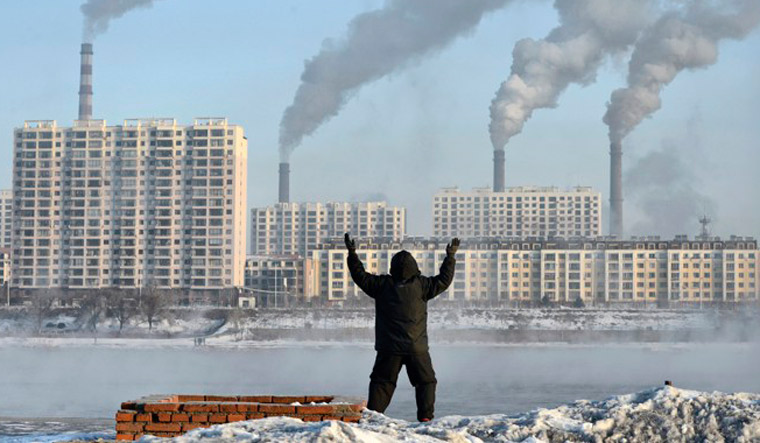Sensitive regions of the world are still at risk from the dangerous effects of climate change, but if they act now, governments can together limit the increase in global average temperatures to well below 2°C.
The Paris Climate Agreement has set less than 2°C as the target, but even if the target is met, the danger to sensitive regions will persist, says a new study done by The Open University of the United Kingdom in collaboration with the University of Sheffield, and published in the journal Nature Climate Change.
The sensitive regions at risk include the Arctic and South-East Asian monsoon region, both of which could be damaged irreversibly. Both are particularly sensitive to changes to global temperatures.
The researchers developed a three-dimensional climate-carbon cycle model, and simulated the different climate futures. Dr Philip Holden, Lecturer in Earth Systems Science at The Open University and lead researcher of the study, said: “The regional uncertainties associated with the Paris Climate Agreement have not been explored before. This is because, until now, researchers have used either very simple models or models that were too complex to investigate the range of possibilities.”
On a more optimistic note, the research also concludes that meeting the target set by the 2015 Paris Climate Agreement of limiting the increase in global average temperatures to well below 2°C does not depend on future generations to remove vast amounts of carbon from the Earth’s atmosphere.
Instead, governments can achieve the goals through emission reductions, but only if they act now to promote a range of policies to fully support the existing pace of technological change. “Our models show that it is possible to meet the 2015 Paris Agreement, but only if governments take decisive and urgent action through strengthening climate change policies to encourage rapid divestment from fossil fuels,” said Dr Holden.
Professor Richard Wilkinson, from the University of Sheffield’s School of Mathematics and Statistics (SoMaS) and contributing author, said: “By accounting for climate-carbon cycle uncertainties we have been able to show that there is an approximate 50 per cent probability that we can limit peak post-industrial peak global warming to less than 1.6 degrees Celsius.”


